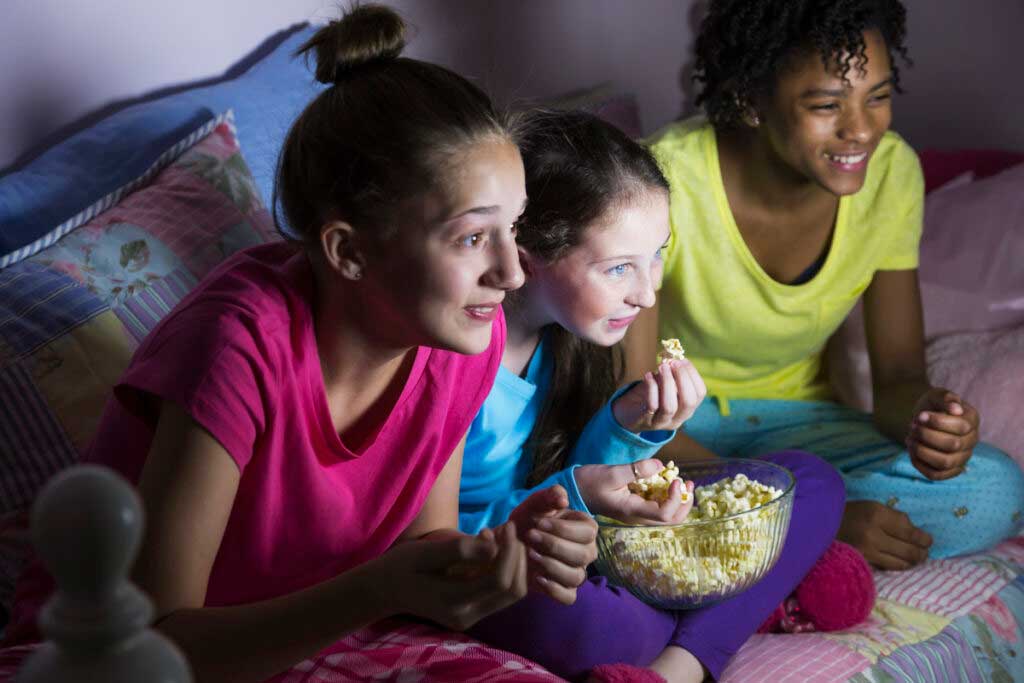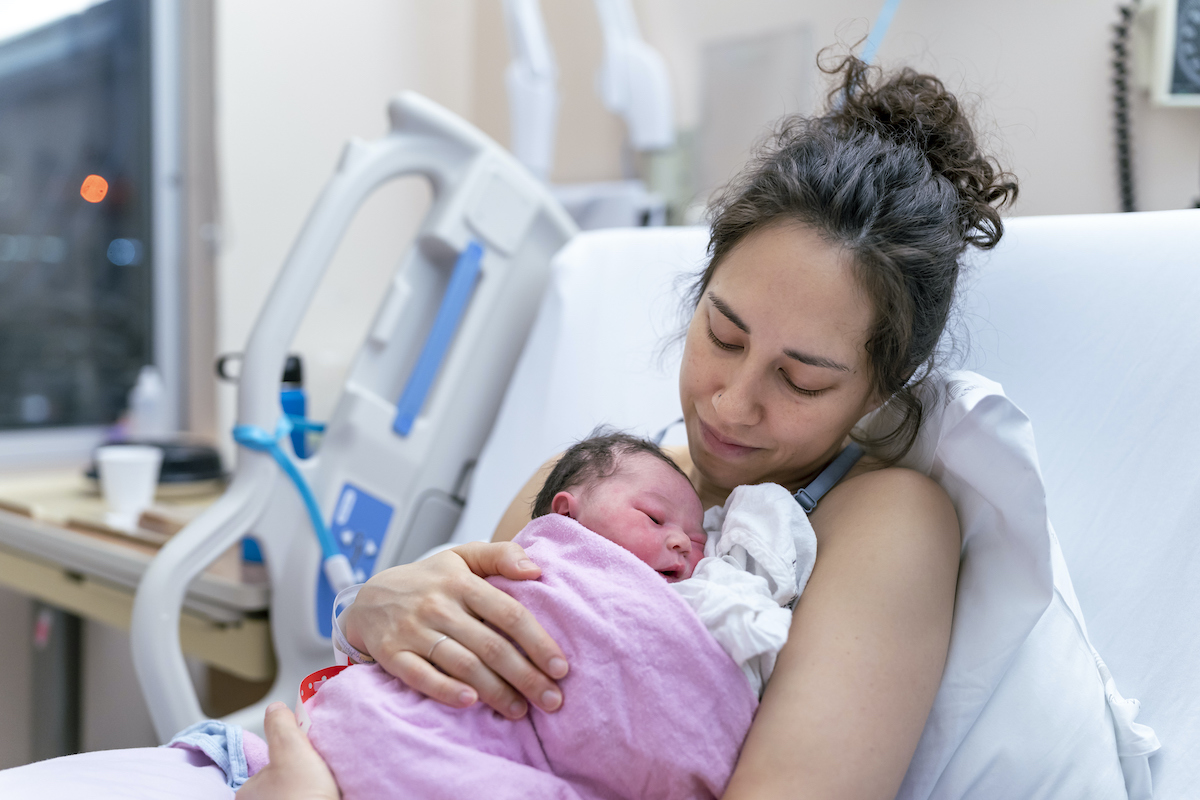Sometimes I know I should write about a new study because it’s published in a major academic journal and everyone is talking about it. But sometimes I rely on you all to flag for me what you really want to hear about. Today is one of those days.
Last Thursday morning, I woke up to a very large number of emails and Instagram messages asking me to please, please talk about this new study on the role of a particular enzyme in driving SIDS deaths. Nearly everyone who wrote to me linked not to the academic journal article but to this news coverage. The title — of the article, not the journal study — is “Researchers Pinpoint Reason Infants Die from SIDS.”
I can see why this caught people’s attention, and I can also see why the emails I got asked things like “Does this new finding mean we can ignore the other advice about back sleeping and pillows in the crib?” It is also, unfortunately, an example of a situation in which media coverage is wildly misleading. In case you do not get to the end of this post, the key takeaway is that all of the safe-sleep guidelines — and especially the guideline about putting your child to sleep on their back — are completely unchanged and extremely important.
Let’s turn to the study itself, which you can see here and is entitled “Butyrylcholinesterase is a potential biomarker for Sudden Infant Death Syndrome.” This paper was published in a journal called eBioMedicine, which I would describe as mid-tier (for the technical among you: impact factor of 8.14).
The basic motivation for the paper is to try to identify a characteristic of infants that would predict vulnerability to SIDS. In general, SIDS deaths are extremely difficult to predict beyond basic correlates like prematurity. There are interventions — behaviors — that we know lower the risks, but even with perfect adherence, SIDS remains a significant cause of death. There is a sense that if we had better predictors of what makes an infant vulnerable, we could better monitor and prevent deaths.
This paper argues for the possibility that butyrylcholinesterase (BChE), which is an enzyme of the cholinergic system, could play a role. The cholinergic system, in case it’s been a while since high school biology, is a brain system that regulates aspects of sensory processing, arousal (wakefulness), sleep, and other neural activity. It relies on the neurotransmitter acetylcholine, and that is processed at brain synapses by two enzymes: acetylcholinesterase (AChE) and BChE.
Dysfunction in this system, and these enzymes, has been explored in a variety of illnesses, notably Alzheimer’s and various types of inflammation.
The broad theory in the paper is that differential levels of these two enzymes could impact SIDS through their role in arousal from sleep, which is thought to play a role in SIDS deaths. There is a lot of discussion at the end of the paper about this theory and of the biological support for it. It seems plausible; the reality is that our understanding of these systems is quite poor, making it difficult to pinpoint a mechanism.
Most of the work in the paper is empirical, using data from Australia. The authors would like to compare the levels of these enzymes for infants who died of SIDS with those who did not, to see if the former group has lower levels. The data approach is smart. They make use of dried blood samples, which are blood samples collected from all infants around two to four days after birth. These blood samples are old — they are collected and stored — but the authors were able to use them to figure out the levels of BChE.
They processed samples and calculated these levels for a total of 722 samples. This included 26 sudden deaths, all deaths classified as sudden unexpected death in infancy (SUDI) over the period from July 2018 to July 2020. They also had 41 deaths of similar-age infants that had a known cause, and the remainder were living infants, used as controls.
The primary analysis in the paper is to compare BChE levels in these three groups. When the authors do that, they find that the BChE enzyme levels are lower in the SIDS deaths than in the matched controls, but that difference doesn’t appear when comparing other deaths with matched controls.
They have a nice visualization of the results, which I’ve included below. These graphs show the range of enzyme levels for the control groups (the blue) and the two groups of infants who died (the two red bars). You can see that the average and range are very similar when comparing the non-SIDS deaths to living controls, but the levels among SIDS deaths are lower. In terms of magnitude, the levels are about 25% lower among SIDS deaths.
One thing that should be clear from this graph is that there is a lot of overlap in these levels. Knowing that a baby had an enzyme level of 4 might indicate a higher risk, but definitely there are many infants with a level of 4 who survive. This is all very distant from being a perfect or close to perfect predictor of anything.
That’s the main paper finding. What I take from this, with the paper alone, is an interesting possibility that should be explored more. The sample sizes are small, and with a new theory like this we always want to see more out-of-sample testing. It would also be important to understand whether there are other characteristics that differ across these groups that might be related to enzyme levels and could be driving this result. It certainly seems plausible that BChE (and AChE) levels are a predictor of SIDS risk, and it is worth more follow-up work to understand it.
My primary frustration is with the media coverage of it and, in particular, the story with the headline I noted above, which it would seem has permeated the Facebook mom groups. There is just nothing in the paper that supports that headline or most of the article. Yes, the paper produces suggestive evidence that there might be a correlation between this enzyme level and SIDS. But to say it “pinpoints” the reason infants die from SIDS is absolutely not true.
Perhaps more problematic is this paragraph:
Previously, parents were told SIDS could be prevented if they took proper precautions: laying babies on their backs, not letting them overheat and keeping all toys and blankets out of the crib were a few of the most important preventative steps.
Though not stated explicitly, the implication is that these steps are now no longer necessary. This is definitely false. Consistently putting infants to sleep on their back has large impacts on SIDS rates. I wrote a number of months ago about the best new evidence on that relationship. If you’re curious, I encourage you to read it here; researchers found a 50% reduction in SIDS risk after back sleeping was encouraged. There’s also high-quality evidence that pacifier use reduces SIDS risk significantly (see, e.g., this meta-analysis). If parents stopped doing these things in favor of some enzyme test, we would lose many hard-won gains, and more infants would die.
The article ends with this:
As the cause is now known, researchers can turn their attention to a solution. In the next few years, those in the medical community who have studied SIDS will likely work on a screening test to identify babies who are at risk for SIDS and hopefully prevent it altogether.
This is totally wrong. The cause of SIDS is not “now known.” There isn’t an obvious solution. It seems possible — remotely possible — that if we see confirmation of the relationship in this paper in other work, there will be some screening for risk. I’m not sure how likely that is, but even if we did get there, the idea that this would prevent SIDS altogether is just … really, really not right.
In conclusion: this is among the starkest examples I have seen recently of how a study can get distorted by the media, show up in mom groups, and go viral for all the wrong reasons.
SIDS is a scary idea for new parents, and lowering the risk is something we all care about. Back sleeping. Pacifier use, if that works for you. No soft stuff in the crib. No sofa sleeping. These are the key interventions to keep your baby as safe as possible.
[Updated 5/16: After this post was released, the article online was updated to remove some of this language and to emphasize the importance of taking these primary SIDS prevention steps.]

















